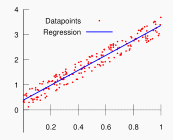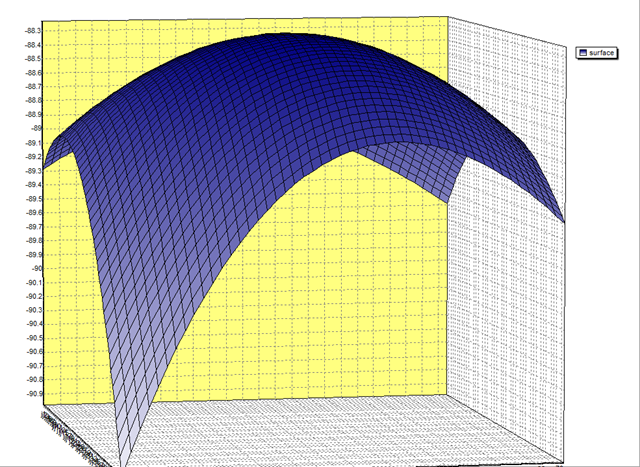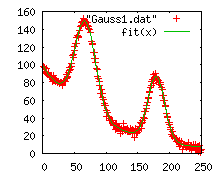
Many regression problems can also be formulated as optimization problems. However, specialized solvers may provide better performance and give more detailed output such as standard errors, covariance matrices, p-values etc. A good example is Linear Regression (OLS). There is no good way to formulate a numerically stable linear regression problem in GAMS, so for this problem the specialized LS solver can help.



